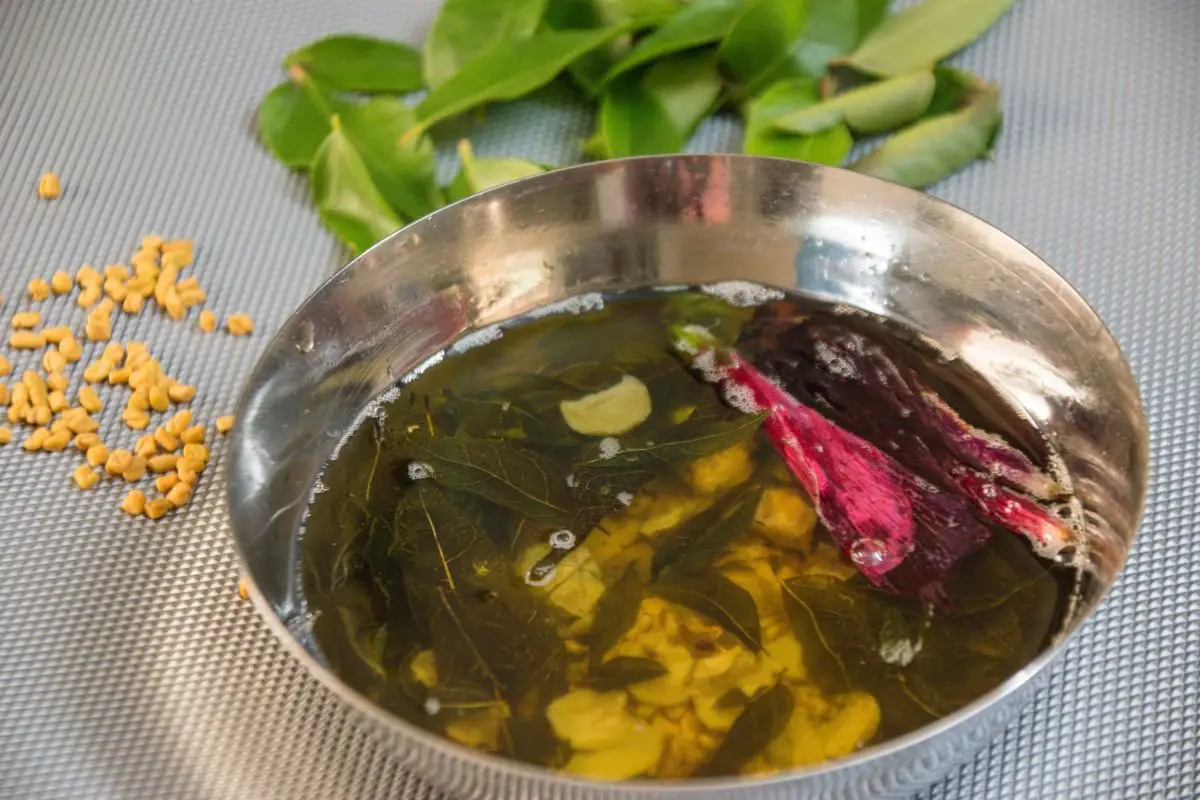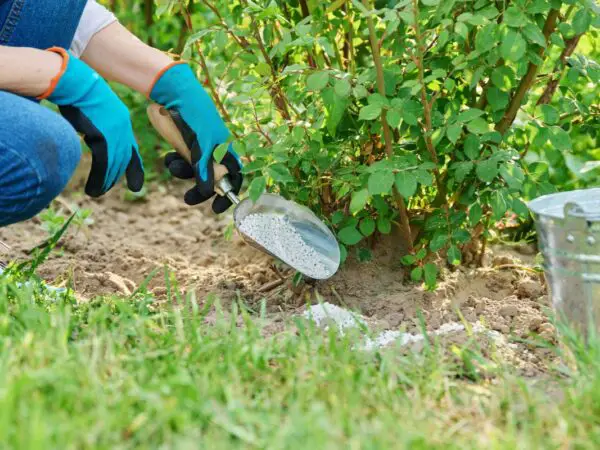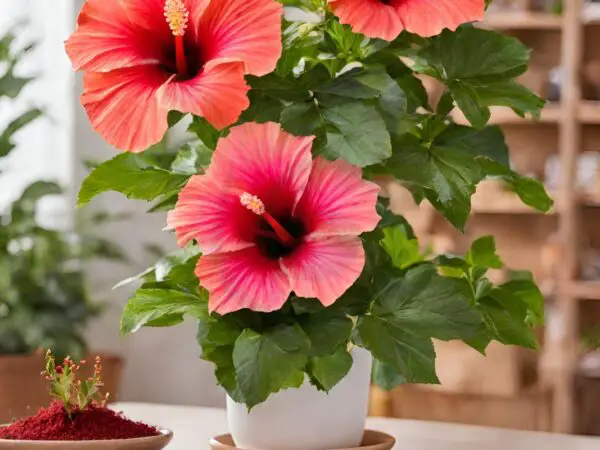Are you eager to discover how to make hibiscus oil at home using flower petals? With just a few simple steps and flower petals, you can create this versatile oil at home in minutes that is packed with benefits for your hair and skin. Hibiscus oil has a rich historical background, dating back centuries as a prized beauty ingredient.
Wondering about the best methods and tips for making hibiscus oil from scratch? Get ready to embark on this exciting journey of crafting your own beauty elixir. From selecting the finest hibiscus flowers to the extraction process, we've got you covered with expert guidance and insights. Stay tuned for valuable tips and tricks to elevate your hibiscus oil-making skills!
Key Takeaways
- Understand the benefits of hibiscus oil for hair and skin care.
- Select high-quality ingredients to ensure the effectiveness of the oil.
- Prepare hibiscus flowers properly before infusing them with a carrier oil.
- Choose a suitable carrier oil based on your skin type and desired benefits.
- Experiment with different infusion methods to find the one that works best for you.
- Extend the shelf life of hibiscus oil by storing it properly and adding natural preservatives.
Understanding Hibiscus Oil
Hibiscus oil offers numerous benefits for hair and skin due to its rich nutrient content. It helps in nourishing and conditioning the hair, promoting growth and preventing scalp issues.
Benefits
- Rich in antioxidants: Protects skin from damage caused by free radicals.
- Moisturizing properties: Keeps skin hydrated and prevents dryness.
- Promotes hair growth: Strengthens hair follicles, reducing hair fall.
Hibiscus oil comes in two main types: cold-pressed and infused. Cold-pressed oil retains more nutrients, while infused oil has a pleasant fragrance due to added herbs or flowers.
Types
- Cold-pressed hibiscus oil: Retains maximum nutrients for optimal benefits.
- Infused hibiscus oil: Offers a pleasant aroma with added herbs or flowers.
When it comes to usage, hibiscus oil can be applied directly to the skin or hair. For skin, it acts as a natural moisturizer, helping with conditions like eczema. When used on the hair, it nourishes the scalp and promotes healthy hair growth.
Usage
- Apply a few drops of hibiscus oil to damp skin after showering for deep hydration.
- Massage the oil into your scalp and leave it overnight for improved hair health.
- Mix hibiscus oil with your favorite carrier oils for a customized blend that suits your needs.
Selecting Ingredients
Hibiscus Flowers
To make hibiscus oil, start by selecting fresh and vibrant hibiscus flowers. Look for petals that are bright in color and free from any signs of wilting or browning. The quality of the flowers will directly impact the potency and effectiveness of the oil.
When choosing hibiscus flowers, opt for organic varieties to ensure that no harmful chemicals or pesticides have been used in their cultivation. Organic flowers are not only better for your health but also for the environment, making them a more sustainable choice.
Carrier Oils
For the base of your hibiscus oil, consider using lightweight carrier oils such as coconut oil, almond oil, or jojoba oil. These oils are easily absorbed by the skin and help to dilute the potent properties of the hibiscus flowers.
Select a carrier oil based on your skin type and preferences. For example, coconut oil is great for moisturizing dry skin, while almond oil is gentle and suitable for sensitive skin. Experiment with different carrier oils to find the one that works best for you.
Preparing Hibiscus
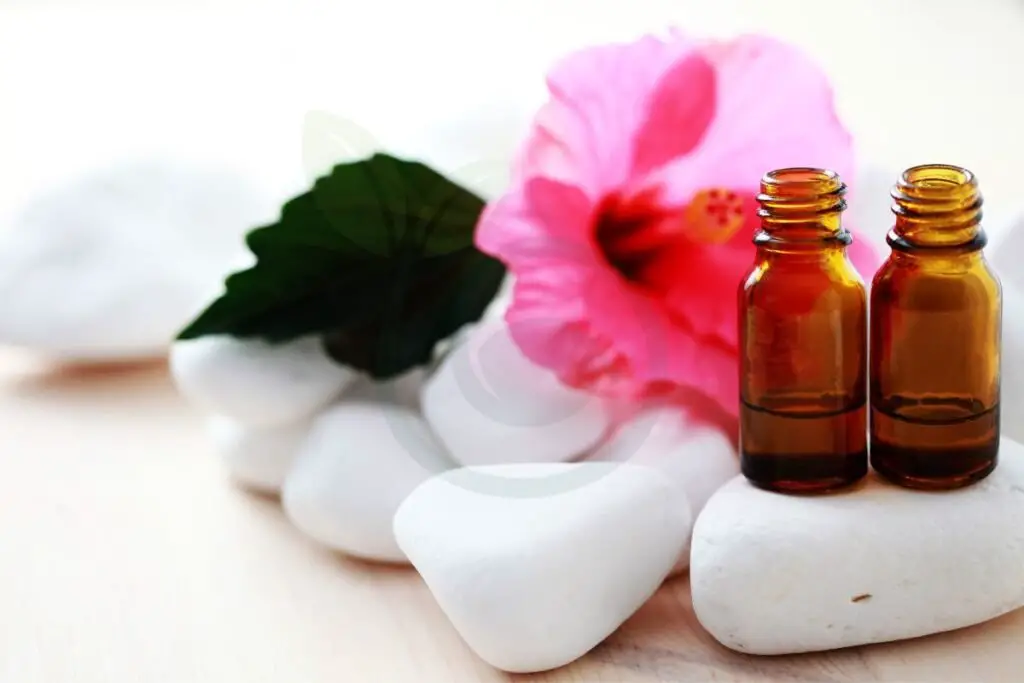
Drying Process
To dry hibiscus petals, first pluck fresh flowers and remove the petals carefully for air drying. Next, spread the petals on a clean, dry surface for 5-7 days. Ensure they are exposed to sunlight but not directly under harsh rays.
Crushing Petals
Begin by ensuring that the dried hibiscus petals are crisp to touch. Then, gently crush them using a mortar and pestle until they form fine pieces. This process helps release the essential oils from the petals efficiently.
Choosing Carrier Oil
Properties
When selecting a carrier oil for making hibiscus oil, consider properties like absorption rate, nutrient content, and shelf life. Some popular carrier oils include coconut, olive, and sweet almond oil.
Coconut oil is known for its quick absorption into the skin, leaving it moisturized without feeling greasy. It also has antimicrobial properties that can benefit scalp health.
On the other hand, olive oil is rich in antioxidants and vitamins, making it an excellent choice for nourishing the skin and hair. Its hydrating properties help in combating dryness effectively.
Sweet almond oil, with its mild scent and lightweight texture, is ideal for those with sensitive skin. It contains essential fatty acids that promote healthy hair growth and skin rejuvenation.
Benefits
The choice of carrier oil impacts the overall effectiveness of hibiscus oil. Each carrier oil offers unique benefits that cater to different needs:
- Coconut oil: Provides deep hydration, fights dandruff, and strengthens hair strands.
- Olive oil: Nourishes the scalp, promotes hair growth, and protects against environmental damage.
- Sweet almond oil: Soothes irritation, softens skin, and improves overall skin health.
Incorporating these carrier oils into your hibiscus oil formulation can enhance its properties and provide a holistic approach to skincare and haircare routines.
Infusion Methods
Direct Sunlight
Exposing the hibiscus and carrier oil mixture to direct sunlight helps in enhancing the infusion process. The sun's warmth aids in extracting the beneficial properties of hibiscus into the oil.
Duration
The ideal duration for infusing hibiscus petals in oil under direct sunlight is around 2-4 weeks. This allows ample time for the oil to absorb the nutrients effectively.
Container
Choose a glass container for infusing hibiscus oil in direct sunlight. Glass ensures there is no reaction with sunlight, maintaining the oil's purity.
Double Boiler
Using a double boiler method for infusing hibiscus petals provides gentle heat, preserving the oil's quality.
Heat Level
Maintain a low heat level while using a double boiler to prevent overheating and damaging the delicate properties of hibiscus.
Time Frame
Allow the hibiscus and carrier oil mixture to infuse over low heat for approximately 3-4 hours. This slow process ensures thorough extraction of hibiscus essence into the oil.
Straining Oil
Filtration Tools
To strain hibiscus oil effectively, you will need a fine mesh strainer or cheesecloth. These tools help remove plant particles from the oil.
- Fine mesh strainers are ideal for catching small debris.
- Cheesecloth is versatile and can be used multiple times before disposal.
Storage Tips
When storing hibiscus oil, ensure to use dark glass bottles. This helps protect the oil from light exposure, preserving its quality.
- Dark glass bottles prevent light-induced degradation.
- Store the oil in a cool, dark place away from direct sunlight for longevity.
Shelf Life and Preservation
Dark Bottles
Hibiscus oil should be stored in dark bottles to protect it from light exposure, which can degrade its quality. UV rays can break down the oil's beneficial compounds, reducing its effectiveness over time.
To ensure the longevity of your hibiscus oil, opt for amber or dark glass bottles that offer maximum protection from light. These bottles act as a shield, preventing any harmful UV rays from penetrating and altering the oil's composition.
Cool Storage
Storing your hibiscus oil in a cool environment is crucial for maintaining its freshness and potency. Heat can accelerate the oxidation process, leading to rancidity and a shorter shelf life for the oil.
Keep your hibiscus oil away from direct sunlight and sources of heat, such as radiators or stoves. A cool, dark cabinet or pantry is an ideal spot for storing your oil, ensuring it remains stable and usable for an extended period.
Application Techniques
Hair Care
To apply hibiscus oil for hair care, start by warming the oil slightly before use. Massage the oil gently into your scalp using your fingertips. Allow the oil to sit for at least 30 minutes before washing it off with a mild shampoo. Regular use can help strengthen hair and promote hair growth.
Using hibiscus oil as a hair mask can provide deep nourishment to your hair. Mix hibiscus oil with coconut oil, apply it evenly from roots to tips, and leave it on for about an hour before rinsing off. This treatment can help in reducing frizz, adding shine, and improving overall hair health.
Skin Care
For skin care, hibiscus oil can be used as a natural moisturizer. After cleansing your face, take a few drops of hibiscus oil and gently pat it onto your skin. The oil is rich in antioxidants that can help in reducing signs of aging, such as fine lines and wrinkles.
Hibiscus oil can also be incorporated into your skincare routine by mixing it with your favorite moisturizer or face cream. This blend can provide added hydration and nourishment to the skin, leaving it feeling soft and supple. Regular use of hibiscus oil on the skin can help in maintaining a healthy glow and improving skin texture.
DIY Recipes Variations
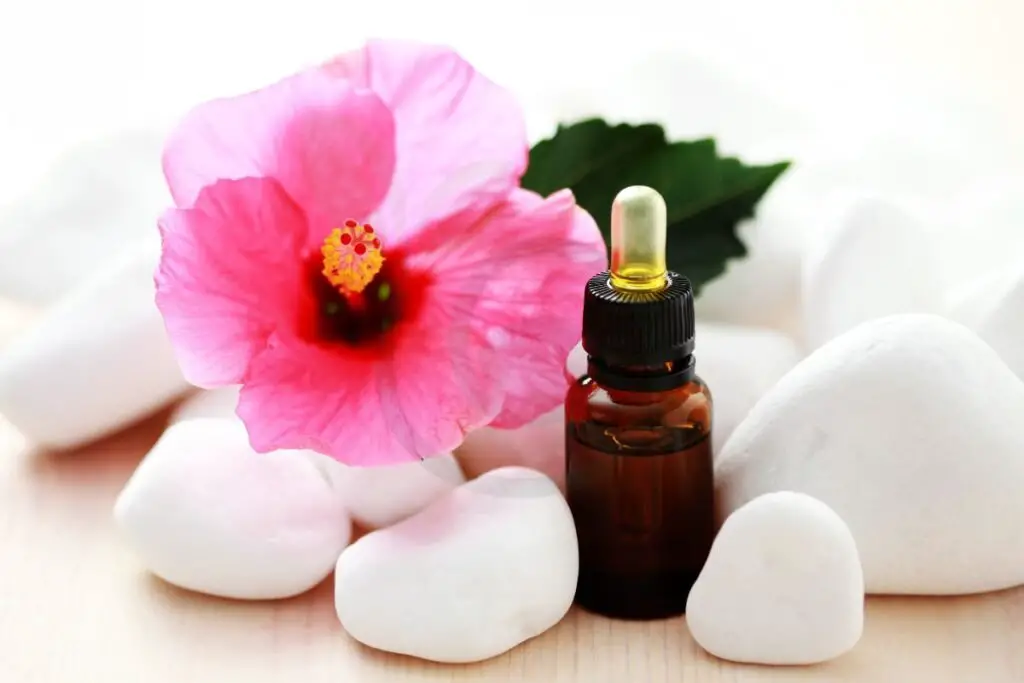
With Essential Oils
Enhance your hibiscus oil by incorporating essential oils for added benefits and a pleasant aroma. Consider blending lavender essential oil for relaxation properties or peppermint essential oil for a refreshing scent. Experiment with different combinations to find your favorite blend.
Create a luxurious hibiscus oil infused with rosemary essential oil known for its stimulating effects on the scalp. This blend can promote hair growth and strengthen hair follicles. Another option is to mix in ylang-ylang essential oil, which can help in balancing natural oils on the skin.
For Specific Needs
Tailor your hibiscus oil to cater to specific needs by customizing the ingredients. For dry skin, add argan oil to boost hydration and nourishment. Those with oily skin can benefit from adding jojoba oil, which mimics the skin's natural oils without clogging pores.
To address hair concerns, incorporate coconut oil into your hibiscus infusion for deep conditioning and moisturizing effects. If you're looking to combat dandruff, consider adding a few drops of tea tree essential oil known for its anti-fungal properties.
Experiment with different carrier oils such as almond oil, avocado oil, or grapeseed oil based on your preferences and desired outcomes. Each carrier oil brings its unique set of benefits to the hibiscus infusion, allowing you to customize the blend according to your needs.
Summary
You've learned how to make hibiscus oil from scratch, selecting the best ingredients, infusing them effectively, and preserving the oil for lasting use. By following the step-by-step guide, you can create personalized hibiscus oil tailored to your preferences and skincare needs. Experiment with different carrier oils and infusion methods to find what works best for you. Now it's time to get creative and explore various DIY recipes using your homemade hibiscus oil, unlocking its full potential for your skincare routine. Start crafting your unique blends today!
Frequently Asked Questions
How do I select the best carrier oil for making hibiscus oil?
To choose the right carrier oil, consider factors like skin type, desired benefits (moisturizing, anti-inflammatory), and shelf life. Popular options include coconut, jojoba, and sweet almond oils.
Can I use dried hibiscus flowers instead of fresh ones?
Yes, you can use dried hibiscus flowers to make hibiscus oil. Ensure they are free of moisture to prevent mold formation during the infusion process.
What is the typical shelf life of homemade hibiscus oil?
Homemade hibiscus oil usually lasts for about 6-12 months if stored in a cool, dark place away from direct sunlight and heat. Adding vitamin E oil can help prolong its shelf life.
Are there any side effects of using hibiscus oil on the skin?
Hibiscus oil is generally safe for most skin types but perform a patch test before widespread use to check for any allergic reactions. Discontinue use if irritation occurs.
Can I customize my DIY hibiscus oil recipe with other essential oils?
Yes, you can personalize your hibiscus oil by adding essential oils like lavender or rosemary for additional benefits or fragrance. Ensure to dilute them properly and consider any potential allergies before use.
Image Source: Paid image from CANVA

